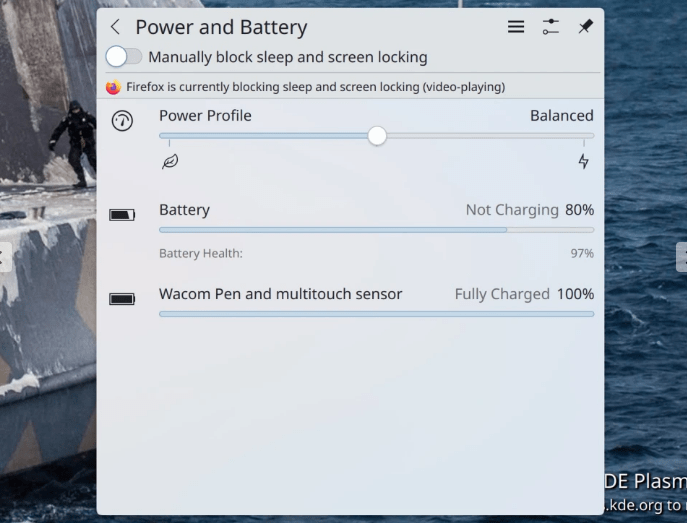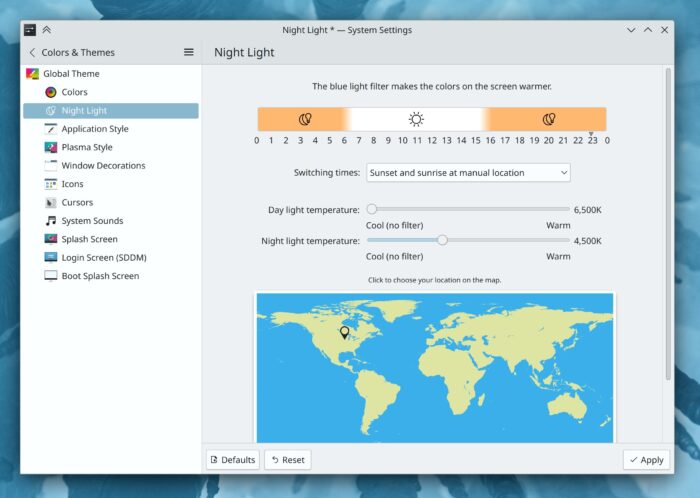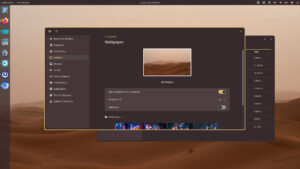The first beta release of KDE Plasma 6, which exchanges X11 for Wayland, was released last week. The second beta will be released in two weeks.

KDE Plasma 6 developers have been holding a steady course, and the ready-for-prime-time version of the major new release of the popular desktop environment appears to be on schedule for its planned February 28 release.
I say “major” because Plasma 6 will replace the Plasma 5 series which saw its first release in 2014, and which has seen 27 point releases since.
The first beta of Plasma 6 was released last week, with a second beta scheduled to be released on December 20.
By all accounts, when the ready for prime time version hits the streets at the end of February there will be few visible changes that users will be apt to notice. One notable change for me will be that Plasma 6 will will default to double instead of single clicking. If you’re like me and prefer to single click, not to worry. This is KDE, after all, which means all things are configurable.
According to developer Nate Graham, who chronicles the progress of KDE development on his “This Week in KDE” blog, there’s no shortage of bugs to be worked on, but by the time the software goes through its upcoming Beta 2 release, then sees a couple of release candidates, it should land on your doorstep pretty much bug free.
“People are reporting plenty of bugs (most of them fairly minor) and we’re fixing them as fast as we can!” he said.
The big change with Plasma 6, at least for this intial release, will be that the long in the tooth X11 display software is being replaced by Wayland, so a lot of work has been going into getting Wayland to integrate and play nicely with Plasma. Until recently there were three “Wayland showstoppers,” which now has been whittled down to, “Full sticky keys functionality does not work under Wayland.”
“Relatively Few” Doesn’t Mean “No Changes”
Although Plasma 6 isn’t going to arrive on user desktops as a completely new Plasma experience, this doesn’t mean there won’t be any changes. Most of them however, are basically cosmetic and won’t require users to change their workflow habits or learn new ways of doing things. Here’s a short but incomplete list of changes that have already landed in Plasma 6:
- After downloading an offline update, there’s now an option to reboot the machine immediately to apply the update instead of waiting until the next time the machine is shut down, which results in the update being applied when the machine is restarted. This option is already available in Gnome and Windows. “We’re considering adding this as an option when shutting down, too.”
- The “Battery and Brightness” widget is now two widgets: “Brightness and Color” and “Power and Battery.” The first also allows for Night Color, which had previously been handled by another widget, “so in the end the total number of widgets in your System Tray isn’t increasing; they’re just better organized and relevant now!”
- Those using keyboards that don’t have a PrintScreen Key can now open KDE’s screen printing app, Spectacle, by hitting Meta+Shift+S.
- The wallpaper for any screen can now be set from a page in System Settings.
- When using Flatpak or Snap as the default apps backend, Discover now features a “Newly Published & Recently Updated section on its main page. Eventually this will also be the case for users who default to their distro’s repository as well, although with a caveat: “provided the distro actually ships relatively frequent updates to apps and not ancient years-old software all on the same date, which would make the section useless.”
- The Night Light page in System Settings now displays a graphical representation of active and inactive periods as well as transition.

Screenshot of new KDE Plasma nightlight feature. Source: KDE - A “Shake to find your cursor” KWin effect that’s similar to the one in macOS.
- The Ark archiver now offers an “Extract here and delete archive” option in its context menu plugin. “As part of the process of making this possible, we decided to remove infrequently-used items in the menu in favor of keeping the ‘Extract here, autodetect subfolder’ option, which was the most useful one and has now been renamed to ‘Extract here’ for clarity.”
The source code for KDE Plasma 6’s beta release is available here.
Christine Hall has been a journalist since 1971. In 2001, she began writing a weekly consumer computer column and started covering Linux and FOSS in 2002 after making the switch to GNU/Linux. Follow her on Twitter: @BrideOfLinux




